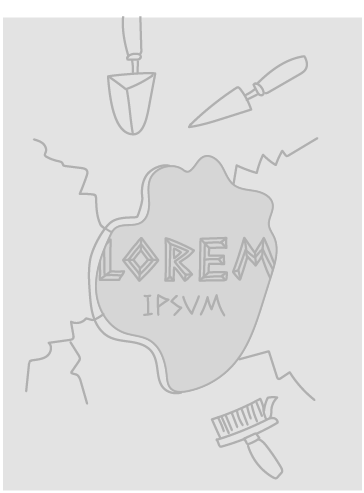Suzanne Williams
, b. 1953
(Author)
Suzanne Williams is an American prolific children's author and former elementary school librarian. She has written over 60 books for children.
She grew up in Oregon and graduated with a bachelor’s degree in sociology and a master’s in library science from the University of Oregon. She currently lives in Reno, Washington.
1. What drew you to writing / working with Classical Antiquity and what challenges did you face in selecting, representing, or adapting particular myths or stories?
Writing about Greek mythology was my co-author, Joan Holub’s idea. She's loved mythology since childhood. Her enthusiasm for the subject got me excited about it too. Goddess Girls (ages 8–12) was our very first collaboration. Soon there will be 26 books in that series. One of the challenges we’ve faced in writing our (soon to be four) myth-based series for young readers is how to handle the sexual and violent content of many of the myths.
To downplay the violence, we often make it cartoonish and lighten it with humor. Since most of our gods and goddesses are pre-teens (as are our readers!), we deal with inappropriate sexual content by making changes that still allow us to keep to the spirit of the myth. For example: in introducing the Adonis myth, in which Aphrodite and Persephone fight over a beautiful youth they both desire, we decided to make Adonis a kitten, rather than a young man.
Another challenge has involved familial relationships among the various gods and goddesses. In Goddess Girls, Zeus is an adult, the principal of Mount Olympus Academy, the school attended by our “goddessgirls” and “godboys”. In mythology he would likely have fathered a good portion of the student body! So we made a decision that only Athena would call him “Dad”. (Until Hebe popped forth from a lettuce in Book 21, that is.) We do acknowledge many other family relationships. For example: Apollo and Artemis as brother and sister. Medusa and her sisters Euryale and Stheno. Persephone and her mother, Demeter.
2. Why do you think classical / ancient myths, history, and literature continue to resonate with young audiences?
Myths have got all the elements that draw us to stories: action, conflict, drama, humor, etc. What’s not to like?
3. Do you have a background in classical education (Latin or Greek at school or classes at the University?) What sources are you using? Scholarly work? Wikipedia? Are there any books that made an impact on you in this respect?
Neither Joan nor I have a classical education. I did take an online Greek and Roman mythology class a few years ago, however. (Taught by Peter Struck, University of Pennsylvania.) Terrific class!
For our Greek mythology-based series, Edith Hamilton’s Mythology is the reference we rely on the most. My co-author and I do consult Wikipedia and other online resources, especially for lists of monsters and maps and general information about ancient Greece. References for Thunder Girls, our soon-to-be-published Norse mythology-based series include: The Norse Myths by Kevin Crossley-Holland, D’Aulaires’ Book of Norse Myths, Norse Mythology: A Guide to the Gods, Heroes, Rituals, and Beliefs by John Lindow, The Poetic Edda (translated and edited by Jackson Crawford), and The Prose Edda by Snorri Sturluson (Penguin Classics).
4. Are you planning any further forays into classical material?
In addition to Goddess Girls, my co-author and I have also collaborated on a second Greek mythology-based series called Heroes in Training (ages 6–9). It’s a humorous quest/adventure series with Zeus, Poseidon, Hades and other Olympians as ten-year-olds on the run from King Cronus and the Titans. Freya and the Magic Jewel, the first book in Thunder Girls, our Norse mythology-based series, publishes May 1, 2018. I travel to Norway frequently to visit my daughter, granddaughter, and Norwegian son-in-law, so I am very excited to be doing a Norse-myth series. Aladdin (Simon & Schuster) publishes all three of Joan’s and my mythology-based series. We will be doing a fourth myth-based series with them soon – for ages 5–8. Tentative title is Little Goddess Girls, and it will be another Greek myth-based series.
Prepared by Ayelet Peer, Bar-Ilan University, ayelet.peer@gmail.com





